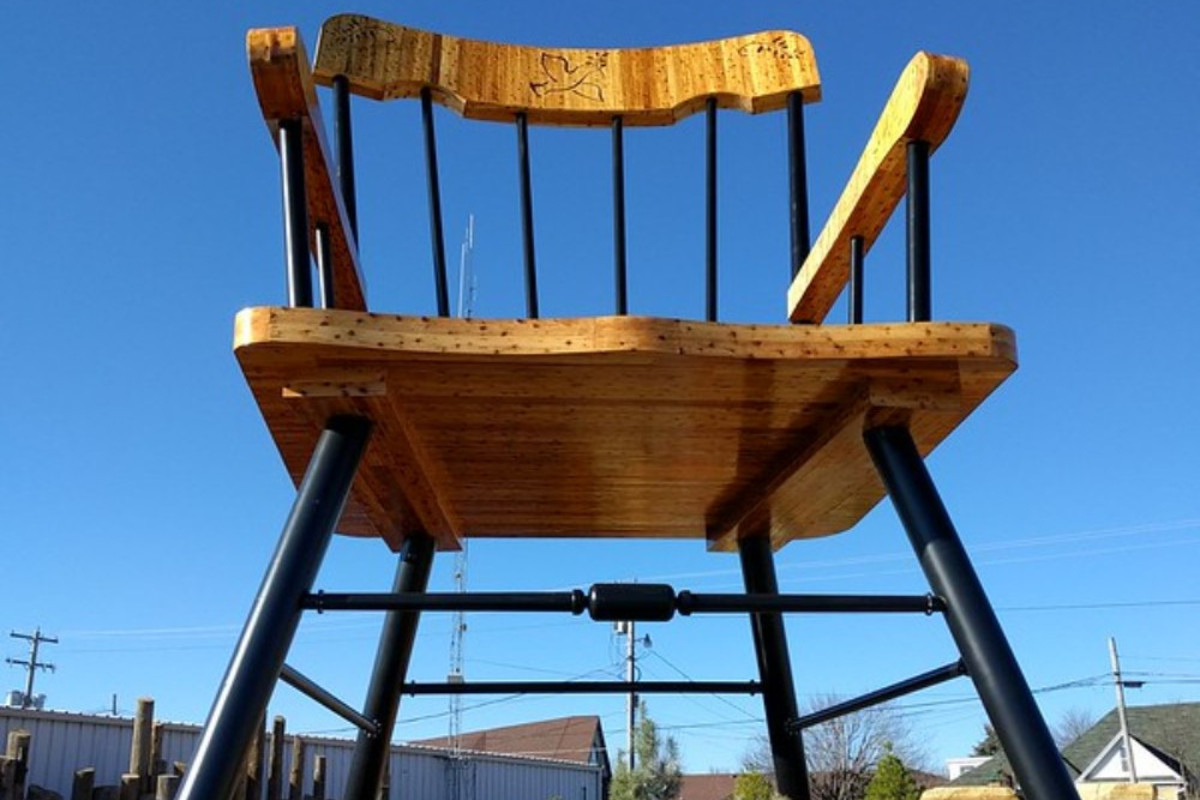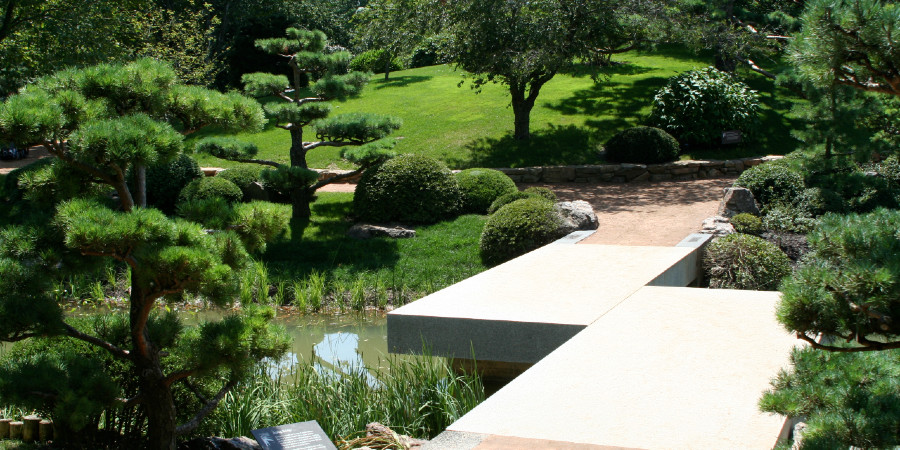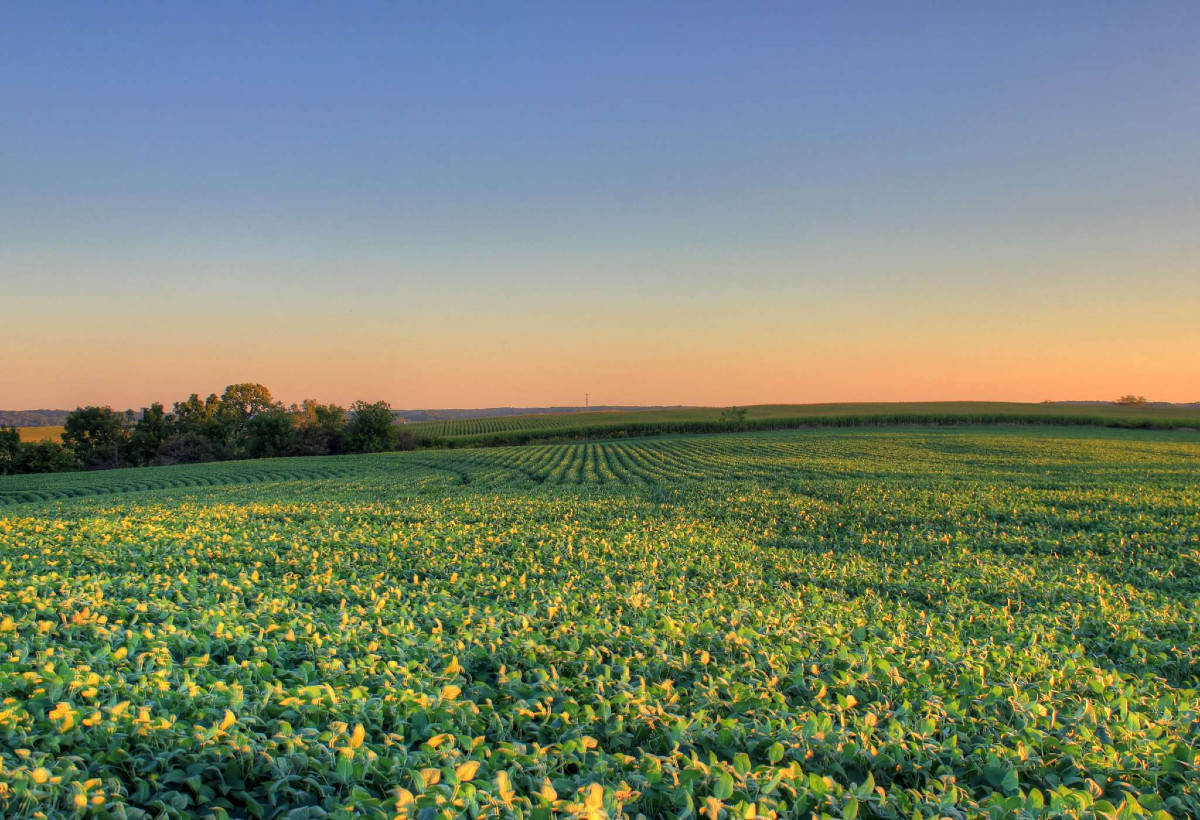- Details
 Calling all Marvel movie and comic book fans! The Chicago Museum of Science and Industry has a massive Marvel exhibit going on until October 24, 2021. The exhibit is thought to be the largest of its kind.
Calling all Marvel movie and comic book fans! The Chicago Museum of Science and Industry has a massive Marvel exhibit going on until October 24, 2021. The exhibit is thought to be the largest of its kind.
- Details
 Casey, Illinois may be a small town of under 3,000 people, but the town has gained a big reputation due to the work of one local business owner.
Casey, Illinois may be a small town of under 3,000 people, but the town has gained a big reputation due to the work of one local business owner.
In an effort to give back to his community, Jim Bolin and his team at Bolin Enterprises, Inc. set about creating a series of over-sized objects for residents and tourists of the city to enjoy. Thanks to the work of Bolin and his crew, the city of Casey now offers visitors an opportunity to experience more than 30 super-sized attractions around the city.
- Details
 Since it opened more than 45 years ago, the Chicago Botanic Gardens has matured into one of the world’s greatest living museums and conservation science centers. With more than 1 million visitors annually, this North Shore destination is worth the stop for any native or visitor to Illinois.
Since it opened more than 45 years ago, the Chicago Botanic Gardens has matured into one of the world’s greatest living museums and conservation science centers. With more than 1 million visitors annually, this North Shore destination is worth the stop for any native or visitor to Illinois.
The Chicago Botanic Gardens is made up of 27 gardens and an additional four natural areas, which can all be reached by foot or by the Gardens’ tram service. The Gardens are uniquely situated on 385 acres on and around nine islands, with six miles right on the Lake Michigan shoreline.
One site the Gardens are most renowned for is the Bonsai Collection, which boasts nearly 200 species of bonsai plants. There is also a sensory garden: an area meant for visitors to see, smell, hear and even touch the flowers and plants there . The Gardens also include a number of family-friendly attractions, like the Children’s Growing Garden, a place for kids of all ages to engage with nature as they learn to water, weed and harvest plants.
No two visits to the Gardens are the same. The season, weather and a regularly changing calendar of events can all have an impact on the kinds of sights and experiences the Gardens can provide.
The Chicago Botanic Gardens are located in Glencoe and open every day of the year. Admission to the Gardens is free, but there is a fee for parking for non-members. Due to the COVID-19 pandemic, visitors much pre-register to visit. More information on the Gardens and how to visit can be found on their website here.
- Details
 It’s time to meet some of the most exotic animals in the world, because today is National Zoo Lovers Day! Illinois is home to many zoos that provide residents and tourists the opportunity to witness some extraordinary and loveable animals.
It’s time to meet some of the most exotic animals in the world, because today is National Zoo Lovers Day! Illinois is home to many zoos that provide residents and tourists the opportunity to witness some extraordinary and loveable animals.
- Details
 Charles Mound is the highest natural point in Illinois, at 1,235 feet above sea level. It’s located on rolling farmland, 11 miles north of the Mississippi River town of Galena and less than half a mile from the Wisconsin border.
Charles Mound is the highest natural point in Illinois, at 1,235 feet above sea level. It’s located on rolling farmland, 11 miles north of the Mississippi River town of Galena and less than half a mile from the Wisconsin border.
The northwest area of Illinois is part of a unique geological region called the “Driftless Area.” The land was not covered by glaciers during the last Ice Age, which created a tall plateau cut by deep river valleys, most notably around the Mississippi River.



